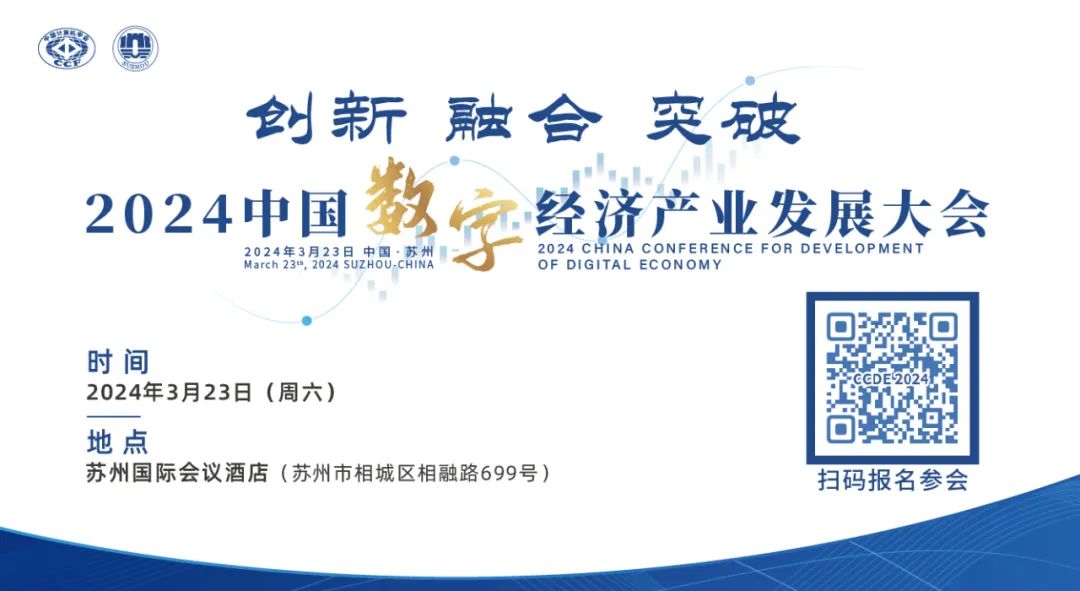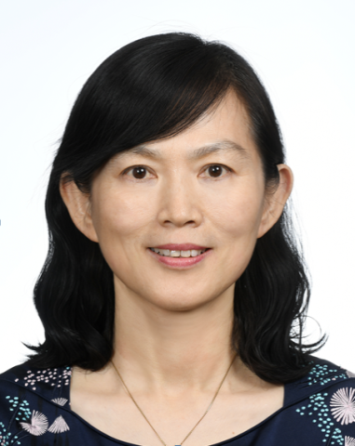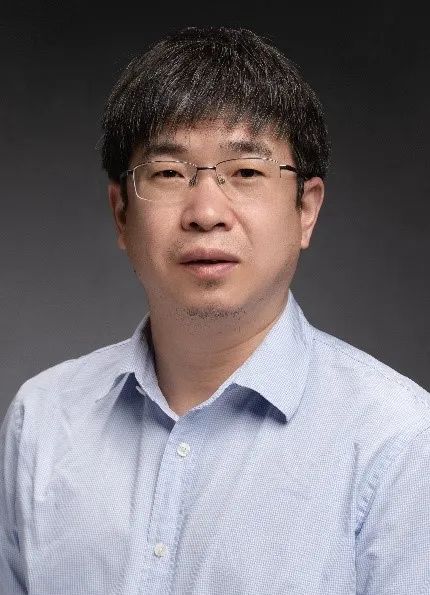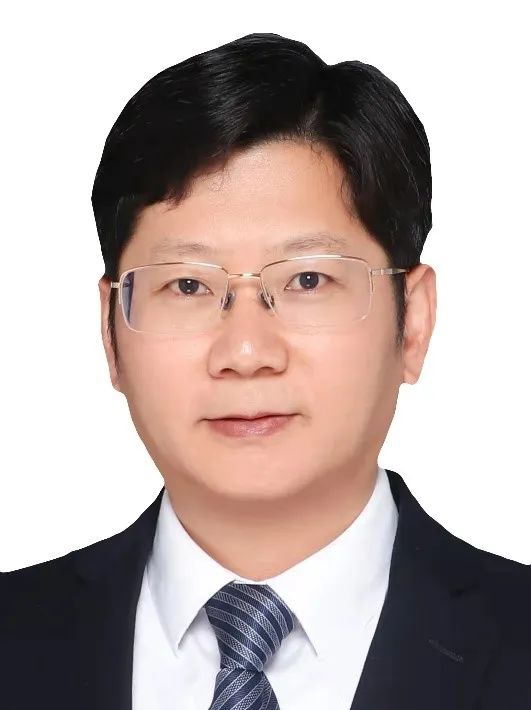

This issue’s terminology: Integrated Chips
Integrated Chips
(Integrated Chips)
Authors: Liu Ming, Sun Ninghui, Han Yinhe, Liu Qi
InfoBox:
Chinese Name: Integrated Chips
Foreign Name: Integrated Chips
Discipline: Integrated Circuits, Computer Architecture, Microelectronics, Semiconductor Technology and Manufacturing
Substance: First, integrate transistors to manufacture chiplets with specific functions, then integrate these chiplets into chips based on application requirements using a silicon substrate.
Background:
For decades, integrated circuit chips have followed Moore’s Law for development, relying on size reduction to enhance computing power and performance. However, as size reduction approaches physical limits, traditional integrated circuit chips can no longer increase computational scale and efficiency by increasing the number of transistors per unit area. Therefore, the emerging concept of Integrated Chips has begun to offer a new approach to enhance the computing power and performance of integrated circuits.
Concept and Definition:
Integrated chips are related to but differ from traditional integrated circuits. Traditional integrated circuits are micro-circuit structures formed by integrating a large number of transistors, diodes, resistors, capacitors, and other components on a silicon wafer. Integrated chips refer to the process of first integrating transistors to manufacture chiplets with specific functions, and then integrating these chiplets into chips based on application requirements using a silicon interposer. Here, chiplets are pre-manufactured chips with specific functions that can be combined and integrated, also known as “small chips”. They can be seen as functional components that are chip-ized and solidified, including general-purpose processor chiplets, accelerator chiplets, storage chiplets, and input-output interface chiplets, among others; the silicon interposer is the carrier that connects multiple chiplets located between the chiplets and the packaging substrate in integrated chips, and is manufactured based on silicon technology.
Origin:
The concept of integrated chips originated from two significant bottlenecks faced in integrated circuit design and manufacturing: on one hand, the yield of chips decreases as the area increases, and the chip size is limited by the photomask limits of lithography machines. Therefore, TSMC proposed in 2009 the advanced packaging concept of “first packaging then stitching” to “first stitching then packaging”, which greatly enhances the scalability of chip design, breaking through the area limits of chips and forming the manufacturing basis for integrated chips. On the other hand, integrated circuits face long design cycles and high costs. Marvell proposed the Mochi (Modular Chip) architecture design concept at the ISSCC conference in 2015, which disassembles a complete system-on-chip into multiple functional modules, each using different processes as needed, and allows independent functional modules to be reused across different chip designs, achieving the goal of reducing design and manufacturing costs. This concept of separated design and manufacturing, heterogeneous integration, and functional module reuse forms the design basis for chiplets in integrated chips, quickly gaining widespread attention in academia and industry.
As the chiplet-integrated chip design model continues to evolve and develop, at the 2022 National Natural Science Foundation’s Shuangqing Forum on “Frontier Technologies of Integrated Chips”, scholars from China, including Academicians Sun Ninghui and Liu Ming, as well as Mr. Jiang Shangyi, proposed the concept of “Integrated Chips” and summarized and defined the architectural design, integration packaging methods, and engineering material manufacturing encompassed within the chiplet-integrated chip design model.
Advantages:
Integrated chips have become a new design paradigm for chips. On one hand, integrated chips break free from traditional integrated circuits’ reliance on process improvements and new devices, overcoming the lithographic area limits of single chips through substrate-based multi-chiplet integration. By separating manufacturing of chiplets, they prevent the rapid decrease of chip yield as chip area increases, providing a new way to enhance integration scale and break through chip computing power limits. On the other hand, the modular design and manufacturing methods of integrated chips offer opportunities for chiplet-level reuse, which plays a crucial role in shortening development cycles and reducing costs.
Relationship Between “Integrated Chips” and “Chiplets”:
Before the definition of integrated chips appeared, chiplets had already become a hot term in the chip field. By integrating multiple chiplets with different functions, from different manufacturers, using different materials and process nodes, one can achieve separated manufacturing and flexible combinations of chips, breaking through area walls and design cost bottlenecks. However, the term “chiplet” can only refer to each specific functional chip, while a unified and accurate expression is still needed for chips formed by multi-chiplet integration. Therefore, the emergence of the term “integrated chips” accurately characterizes these chips based on chiplet integration design models, reflecting their relationship and differences with traditional monolithic integrated circuits.
Integrated chips and chiplets are dialectically complementary. Integrated chips focus on describing the overall chip, while chiplets emphasize the separated design of key independent functional components within integrated chips. Chiplets are the key technology in the design and manufacturing of integrated chips. How to design specific functions, achieve unified interfaces, and ensure reusability and combinability of chiplets, as well as the standardized design methods for chiplets, will have a critical impact on the performance of integrated chips. The design of integrated chips must consider how to flexibly combine chiplets to form a complete integrated chip architecture based on application requirements.
Differences Between Integrated Chips and Monolithic Integrated Circuits in Design Methods and EDA Tools:
Compared to traditional integrated circuits, integrated chips introduce a new intermediate layer of “chiplets”, resulting in significant differences in design methods from monolithic integrated circuits. The design of monolithic integrated circuits revolves around the microscopic level of transistors and basic components to achieve the complete functionality of the chip. In contrast, the design method for integrated chips adopts a new design paradigm based on chiplets called “decomposition-combination-integration”. “Decomposition” refers to abstracting standardized chiplet prefabricates with different functions based on application characteristics to form a chiplet prefabricate library; “Combination” refers to designing specific chips and systems needed in different application fields by combining chiplet prefabricates according to certain structures based on different application needs. The design method of integrated chips starts from system and application requirements, relying on a top-down methodology to achieve decoupling from application to microscopic architecture design, enabling low-cost and efficient chip design.
The differences in design methods also bring new demands for EDA tools in integrated chips. At the architecture design level, traditional monolithic integrated circuits use cell libraries to obtain IP and design through logic synthesis. Integrated chips, however, build an abstract computing kernel library based on chiplet prefabricates, achieving integrated chip architecture design through combination methods. In terms of simulation tools, monolithic integrated circuits perform RTL-level simulation, while integrated chips require collaborative simulation of multiple functional chiplets, as well as collaborative simulation of chiplets and substrates. At the physical design level, since integrated chips introduce a silicon substrate as the carrier for multi-chiplet interconnections, the physical design tools for integrated chips must also provide layout and routing solutions for multi-chiplets on the silicon substrate, ensuring the testability of integrated chiplets after integration. Compared to monolithic integrated circuits, integrated chips introduce a more macroscopic design level that requires corresponding support from EDA tools.
Differences Between Integrated Chips and Advanced Microsystems, Advanced Packaging, and 3D Integration:
Integrated chips also encompass key design concepts from advanced microsystems, advanced packaging, and 3D integration. However, integrated chips represent a design paradigm formed on the basis of semiconductor design, manufacturing, and integration, which remains fundamentally different from these concepts. Advanced microsystems generally refer to system-in-package (SiP) technologies that integrate multiple functional chips within a single package to achieve complete system functionality, representing a loosely coupled heterogeneous packaging form. In contrast, integrated chips emphasize integration using silicon technology, marking a difference in integration methods. Additionally, apart from heterogeneous integration characteristics, integrated chips also imply the concept of “large chips”, which refers to how to design and manufacture chips that break through area limits, a field that advanced microsystems have not yet touched.
Advanced packaging is a method to enhance chip integration density and interconnection speed against the backdrop of diminishing returns of Moore’s Law, including flip-chip and wafer-level packaging, which improves packaging efficiency and reduces product costs. 3D integration enhances chip integration degree and performance through vertical stacking. Integrated chips, besides the integration methods, also involve chiplet architecture, semiconductor manufacturing technologies, etc. Advanced packaging and 3D integration are essential integration methods used by integrated chips to improve integration levels, which remain fundamentally different from integrated chips. Furthermore, Chinese scientists have proposed concepts such as system-on-chip (SoC) and integrated systems, which share similar technical ideas with integrated chips. However, integrated chips focus more on their comprehensiveness and chip forms, with large-sized chips formed by multi-chiplet integration being a new form of integrated chips.
Conclusion:
In the context of limited benefits from size reduction and advanced processes in China, integrated chips provide a new technical pathway for the chip design field, opening up vast development space. There remain many technical gaps in various technical links of the design and manufacturing processes of integrated chips, awaiting collaborative efforts from multiple fields to tackle these technical challenges.
Due to the length of this article, some viewpoints are discussed in more depth in the “White Paper on Integrated Chips and Chiplet Technologies”, which can be referenced.
References:

Liu Ming
Liu Ming, CCF Fellow, Director of the National Key Laboratory of Integrated Chips and Systems at Fudan University, Academician of the Chinese Academy of Sciences, Academician of the Academy of Sciences for Developing Countries, IEEE Fellow, mainly researches new types of memory, in-memory computing, integrated chips, micro-nano processing, etc.
Email: [email protected].

Sun Ninghui
Sun Ninghui, CCF President, CCF Fellow, Academician of the Chinese Academy of Engineering. Researcher at the Institute of Computing Technology, Chinese Academy of Sciences. Main research direction: computer architecture, high-performance computing.
Email: [email protected]

Han Yinhe
Han Yinhe, researcher at the Institute of Computing Technology, Chinese Academy of Sciences, mainly researches dedicated processor chip design and architecture, industrial/spaceborne dedicated intelligent computing.
Email: [email protected]

Liu Qi
Liu Qi, Vice Dean of the Institute of Frontier Technologies for Chips and Systems at Fudan University, Professor, mainly researches non-volatile memory, neuromorphic devices, and computing.
Email: [email protected].
Introduction to the Computer Terminology Review Committee and Terminology Platform:
The Computer Terminology Review Committee (Committee on Terminology) is primarily responsible for collecting, translating, interpreting, reviewing, and recommending new computer terms, and promoting them on the CCF platform. This is of great significance for clarifying disciplinary systems, conducting scientific research, and widely disseminating science and knowledge throughout society. The construction and continuous optimization of the crowdsourcing platform CCFpedia can effectively promote the collection, review, standardization, and dissemination of Chinese computer terminology, while also serving to promote the customization of standardized norms in various fields. The new version of the CCFpedia computer terminology platform (http://term.ccf.org.cn) integrates the editing operation and browsing use of terminology, eliminating the cumbersome steps of cross-platform operation in the old version, and upgrading the interface visibility to enable users to easily and conveniently look up terminology information. Meanwhile, the new platform introduces knowledge graph methods to organize all terminology data, upgrading the application form of terminology browsing through multi-layer associations in the graph.


Computer Terminology Review Committee:

Director:
Li Guoliang (Tsinghua University)
Deputy Director:
Wang Haofen (Tongji University)
Assistant Director:
Li Yibin (Shanghai Haiyizhi Information Technology Co., Ltd.)
Executive Committee Member:
Ding Jun (Shanghai Haiyizhi Information Technology Co., Ltd.)
Lin Junyu (Institute of Information Engineering, Chinese Academy of Sciences)
Lan Yanyan (Tsinghua University)
Zhang Weinan (Harbin Institute of Technology)
Member:
Chai Chengliang (Beijing Institute of Technology)
Peng Xin (Fudan University)
Li Bohan (Nanjing University of Aeronautics and Astronautics)
Li Chao (Shanghai Jiao Tong University)
Li Chenliang (Wuhan University)
Yang Min (Shenzhen Institutes of Advanced Technology, Chinese Academy of Sciences)
Zhang Peng (Tianjin University)
Wang Changdong (Sun Yat-sen University)
Zhang Ningyu (Zhejiang University)
Kong Xiangjie (Zhejiang University of Technology)
Wei Wei (Huazhong University of Science and Technology)
Terminology Submission Hotline: [email protected]